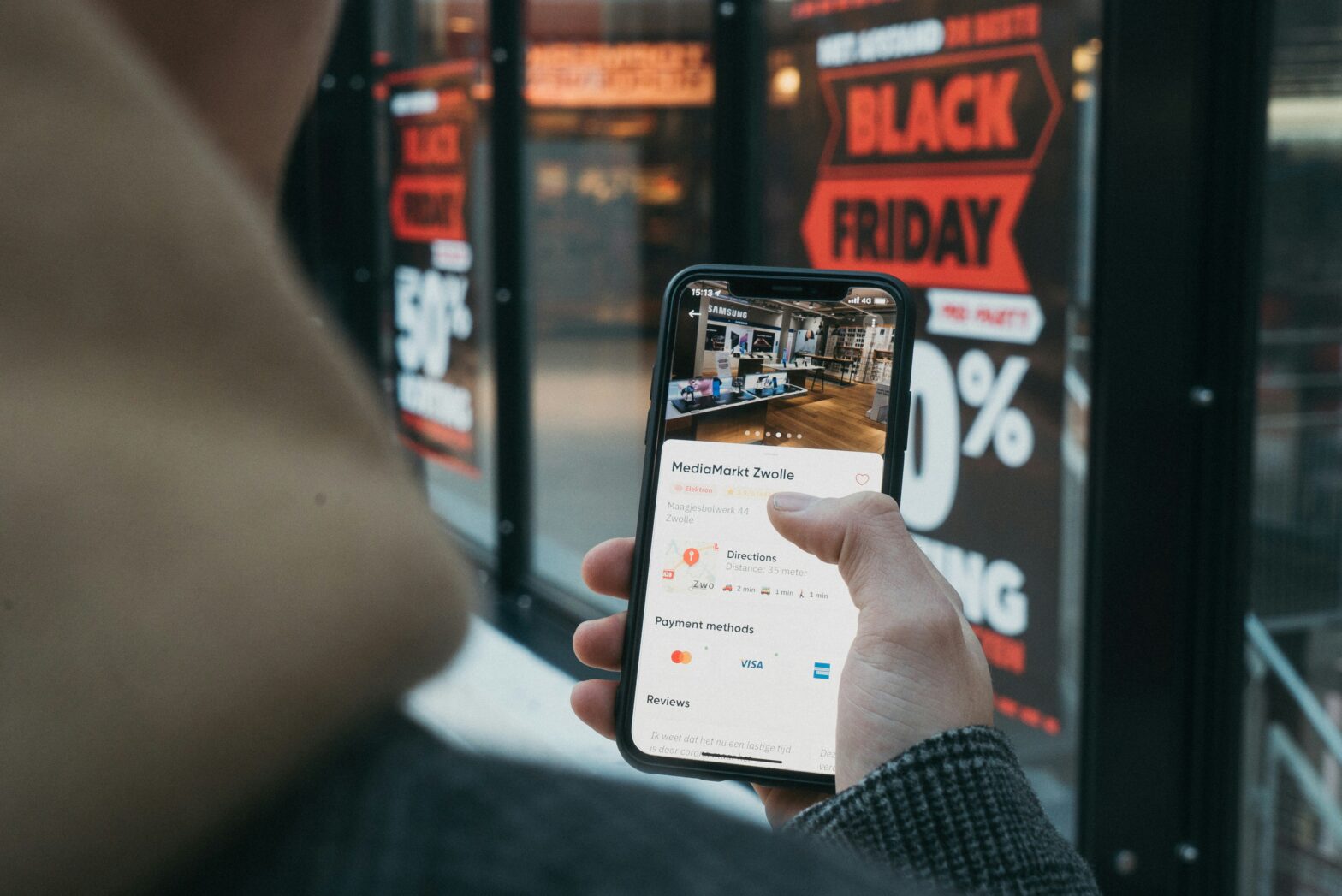We’re now entering the 3rd year that the B2B edition has been available to BigCommerce enterprise level merchants. If you’re a B2B merchant OR if you are a B2C merchant looking for a unified e-commerce solution, then chances are BigCommerce is in your consideration set. BigCommerce is working hard to be the mainstay offering of B2B in SaaS. Their commitment to evolving the platform and the B2B functionality that they acquired is commendable. Over the past ten years mid-market B2B merchants with complex requirements have gravitated to Magento and Adobe Commerce to solve many use cases that they and their customers need in order to conduct e-commerce efficiently. And while it is still true that the customizability of Magento CE and the extremely rich B2B feature set of Adobe Commerce provide for that, it’s clear BigCommerce is catching up and should be worth a close look by manufacturers, distributors, and other merchants in this massive market. What are the 4 features and benefits that we believe stand out for mid market e-commerce merchants looking for a thorough set of B2B features that won’t break the bank?
1.) Buyer Portal
The buyer portal is an important aspect of recent improvements, and for mid-market merchants with relatively straightforward buying use cases, a reason alone to consider BigCommerce vs Magento. The Buyer portal provides B2B merchants with a way to provide their customers with a unique, customized buying experience:
“ We have completely reimagined how a buyer manages their orders, quotes, invoices, shopping lists and all of the administrative process for managing a buyer’s relationship with the merchant, like address books, user logins and approval workflows”
https://www.bigcommerce.com/blog/2023-b2b-edition-features/ (Reed Hartmann)
The Magento B2B module has provided all of this functionality for years and many merchants, like our own client Scrip Companies, customize those buying experiences to be extremely bespoke. Simply put, it means a merchant can set up a unique buyer page / portal that allows multiple buyers within the same company to interact with and purchase from a specific catalog with specific pricing and different levels of authorization and approval. So, for example, an e-commerce merchant supplier to a sporting goods store chain can set up a “buyer portal” so that individuals with purchasing authority from each region or each store can manage their own purchasing activity. The controls are there to make sure it happens based on company rules and different levels of authorization that a customer manager can give to a buyer on the team – what Magento calls “company hierarchy.” It’s not as rich (number of levels of authority etc.) as Magento’s, but it’s thorough and it needs no customization or custom coding. It is literally set up and ready to configure for a merchant-buyer relationship.
2.) Quoting / B2B Ninja
Sales teams in B2B use quotes all the time – it’s part of their daily lives and the numerous sales cycles they go through day in and day out. As a part of the buyer portal, Quote Ninja has been completely integrated so quotes can be created and managed by users from a buyer team (via shopping lists and shared quotes) that are authorized to create quotes and make purchases. The result is that the sales management team can easily control who can create quotes and have them integrated with the buyer’s e-commerce experience.
3.) Multi Storefront
Many mid market B2B merchants require multiple stores so this is a welcome part of the B2B edition for many merchants. In the last decade, many B2B merchants have grown extensively through acquisitions and yet they need to give those new businesses under their umbrella a unique online presence and storefront and Multi Storefront provides just that. The most efficient path for a merchant adding lines of business, whether it be organic or through acquisition, is to integrate catalogs, manage the catalog from one back end, and use B2B edition to set up different storefronts for the different businesses for whom this makes sense. That’s a very simplified description and of course it’s important for merchants to go through a thorough discovery process to document the requirements and the use cases. But B2B Edition from BigCommerce may well be able to solve all of a growing mid market B2B merchant’s multi-business needs with Multi Storefront.
4.) Easy-to-Maintain SaaS yet Headless – Compatible
B2B merchants sometimes have trouble integrating e-commerce functionality because they have numerous websites supporting numerous product categories and product lines. B2B edition is not only SaaS which allows a merchant to focus on their business instead of the e-commerce infrastructure, but it is also a member of MACH – Microservices based, API-first, Cloud-native SaaS and Headless (MACH) architecture so the platform can be integrated into headless architectures and any number of website CMSs that already exist. What does this mean? If you have already invested in a new website but need B2B e-commerce, the platform can be integrated with the merchandising experience and buyer journeys that your customers are already enjoying.
CONCLUSION
If you’d like to talk with us about how BigCommerce might fit your B2B offering, Give us a Shout! For more information and additional white papers and tools for selling this internally within your organization please visit:


